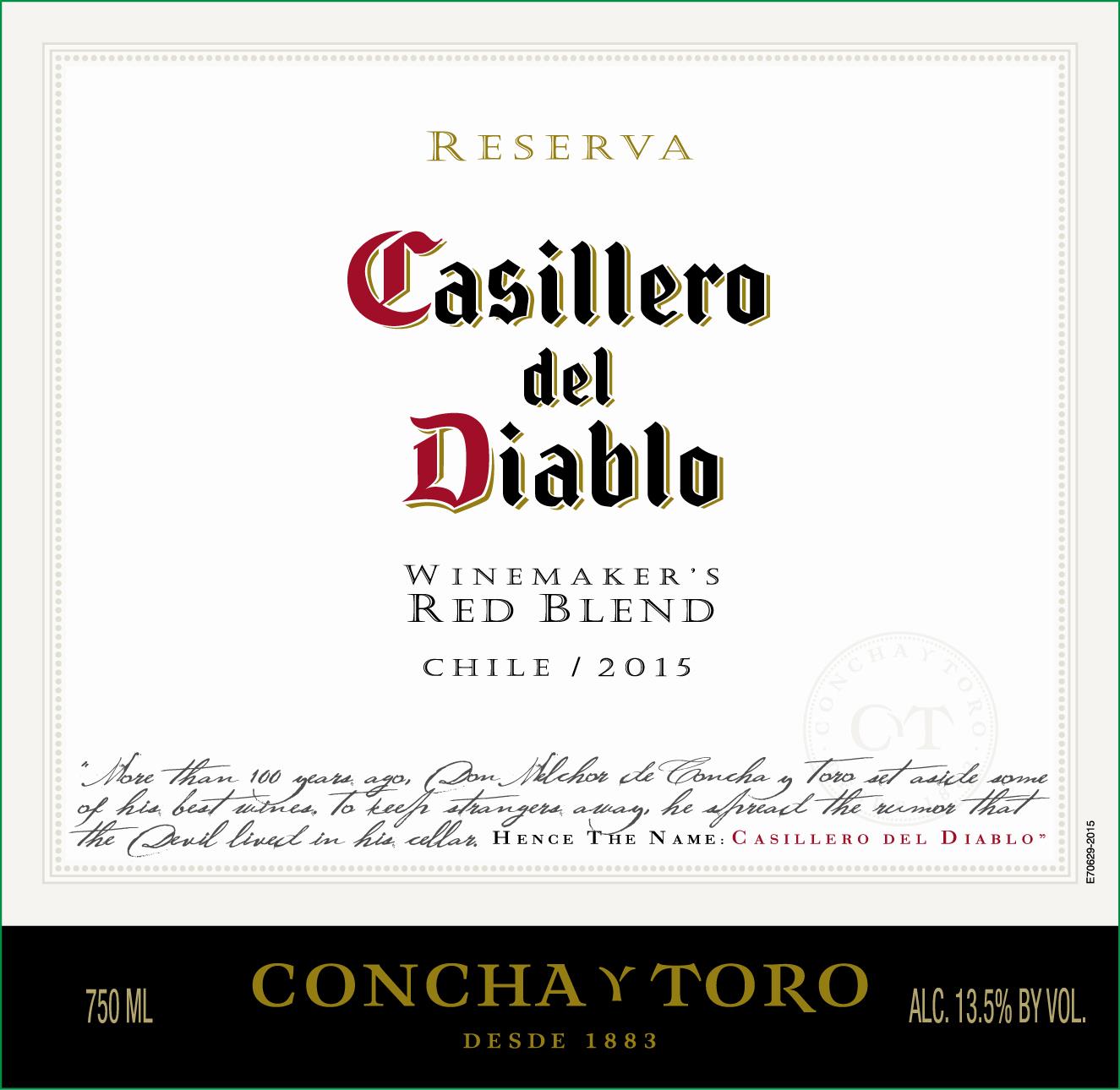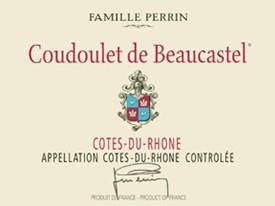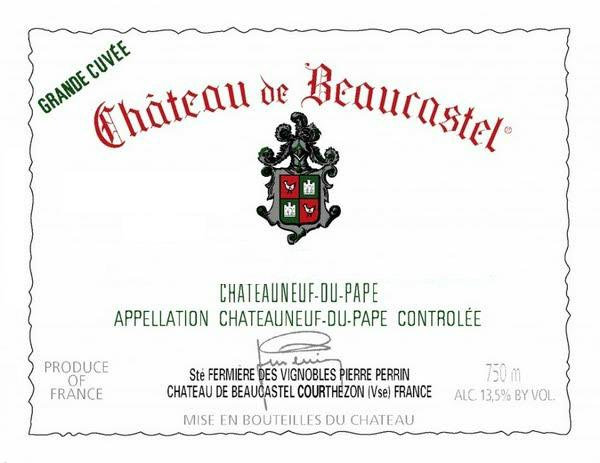Building A Case For Value
It's not that often these days where I am actively working the sales floor at the store. However in the past and when I help out on the big holidays at Divine Wine, a customer presents me the following:
"Hi! I would like to buy a case of wine, but I am not sure what I want. Can you help me?"
Yes! This is what I do. It's my livelihood. I always get excited at the opportunity to send customers home with 12 bottles of wine that (hopefully) they will enjoy with friends, family, colleagues, or just by themselves on a random Wednesday night.
Now, there is a key component to the statement above: "I am not sure what I want." In general, wine drinkers know what they like, but in this instance I get the impression that my customers are hesitant to step outside of their comfort zone. After all, they are buying a full case of wine so people are investing their hard-earned dollars in me and my recommendations. Of course if you choose to make your own choices, which you are perfectly capable of doing, I won't treat you as if you were having a touch time choosing a dozen donuts:
No matter whether you decide to choose specific wines on your own or ask me for help, I have a way for you to structure how you go about purchasing a case of wine. For today, I am focusing on the everyday/value bottles. Consider this to be the $120-$150 range when all is said and done. Keep in mind that many retailers will take anywhere from 10-20% off of a purchase of a case of wine with the ability to mix and match how you see fit. Let's dive into some things to consider when building your case from a perspective of seeking value.
Find your brands:
As much as I love to show you something from a small artisanal producer from some remote corner of France, the fact is that your larger, well-known brands will be easy to come by. Additionally, depending on the size of the retail store, their purchasing power will dictate how low they can keep prices. So you might encounter that Alamos Malbec, Blackstone Merlot, Concha y Toro Chilean red blend for a very inexpensive price already, all of which make great house wines or something you can offer a guest at a party who is looking to have something familiar. You can score some of your favorite brands for as little as $7 per bottle in some places. However...
Include some lesser-known regions and grape varieties:
Know what Corbieres is? In context of this post, who cares? Just know that some great Cinsault-based pink wine is being made here for $12.
If you are shopping at a good store offering the combination of knowledgeable and friendly customer service, chances are high that the overwhelming majority of wines on the shelves will be at minimum, drinkable and at best, very exciting. So if you see a red wine from Portugal made with Touriga Nacional for $10, grab it. A rosé from Languedoc, France made with Cinsault for $12? Get it. A South African Chenin Blanc for $10? Go for it. There are tons of examples from Italy and Spain, too. Piedmont and Tuscany get tons of love (and accompanying higher prices to match) in Italy, but Puglia, Sicily, and the Veneto regions can frequently offer you significant value. Additionally, Spain still has an incredible quality-to-price ratio, maybe the best of any country right now. There is a ton to choose from.
Find "declassified" wines from a European producer:
Naming conventions and labeling rules for wines in Europe will often refer to a geography, which is most evident in the wines of France, Italy, Spain, and Portugal. Lets say you have a producer of Châteauneuf-du-Pape, a specific wine zone in the Rhône Valley of France with a set of rules for making wine. Chances are that the same producer might make a wine from a larger area, different grape varieties than are permitted in the "Grand Vin" of Châteauneuf-du-Pape, or less stringent production rules to make a Côtes du Rhône wine, costing you a fraction of Châteauneuf-du-Pape. Côtes du Rhône is a broader geographical area with more flexibility in rules for producing wines.
Another example comes from the Loire Valley. Sancerre's white wines are made from 100% Sauvignon Blanc in the Sancerre region. However, if the wine is made from vines outside of Sancerre, or don't adhere to technical aspects like vine age or yield control, then the wine might be labeled "Vin de France Sauvignon Blanc" such as the example below from Domaine de la Perriere.
Both wines are made from Sauvignon Blanc grapes from the same property owner, but the Sancerre is costing you $25. The one labeled Sauvignon Blanc? $10. This is a great way to go value-hunting. It might take a little digging around and a bit of research, but finding this kind of information will help save you several dollars.
Don't forget sparkling wine!
Look, we can't drink Champagne all the time, nor should Champagne and other sparkling wines only be reserved for special occasions. A bottle of bubbly as part of your case is a must-have. Best of all, you can find a fruity sparkling wine like Prosecco, or you can find Cava (Spain's sparkling wine made using Champagne's process, but with native grape varieties) can often be found at a bargain. For less than $15, you can spot one of each without a problem. Then you can pop the cork anytime you see fit, because you will have a bottle on-hand and ready to go, special occasion to celebrate, or not.
Why don't we do this...let's take some of these wines and stick them in the box. Then we'll add a few more, total it up, and you will see how you can build your mixed case of goodies to take home. Prices are approximate, and I will use 10% as the case discount as a conservative estimate. These are all wines I have tried and would recommend to anyone looking for a solid variety pack case that includes many styles of wines.
Mionetto Il Prosecco Brut, $11, a simple, easy-drink bottle of fruity sparkler, great for casual parties and Mimosas.
Fonseca Twin Vines Vinho Verde, $8, Vinho Verde is a light, low-alcohol, slightly fizzy citrusy wine from the northeastern corner of Portugal.
La Petite Perriere Sauvignon Blanc, $10, this is the declassified Sancerre from above
Cantine Paolini Sicilia Pinot Grigio, $10, this Sicilian Pinot Grigio has some flavor to it, with melon and tropical fruit.
Tormentoso Old Vine Paarl (South Africa) Chenin Blanc, $13, try some Chenin Blanc as a Chardonnay alternative, plus a wine from South Africa. A region and a grape that deserves your love and attention.
Domaine Sainte Eugenie Corbieres Rose, $12, an unbelievably fruit-but-dry rose wine from southern France. Provence, for all of its delicate fruit and herbs that I really enjoy, does not have the fruit-forwardness of this wine.
Parolvini Barone Nero Veneto Red Blend (Cabernet Sauvignon, Refosco, Malbec), $12, an interesting blend that includes the native northeastern Italian variety of Refosco, which has a leathery, violet-scented character. It plays so well with the deep, dark fruit of the other two grapes, and it's not every day you see Malbec being grown in Italy.
Azul Portugal Douro Red Blend, $11, a blend of Touriga Nacional, Tinta Roriz, and Touriga Franca. All of these grapes go into Port wines, but when vinified as a dry wine, it gives you plenty of structure and fruit with a bit of smokiness.
Domaine Bousquet Mendoza Malbec, $11, there is a proliferation of Argentine Malbecs out there, and for the money Bousquet delivers so well.
Bodegas Atalaya Almansa Laya Red Blend, $10, this is a blend of Monastrell (a powerful, dense, chewy high-alcohol red wine variety), and Garnacha Tintorera (one of the few red varieties whose pulp and juice is red also).
Concha Y Toro Casillero del Diablo Winemaker's Red Blend, $10, an easy-drinking staple in the large Chilean Concha y Toro winery's lineup. Fresh black fruit, licorice, and a touch of green bell pepper.
Gnarly Head 1924 Lodi Red Blend, $10, an opulent, blackberry jam and raisiny wine that is very soft on the palate.
Total for the 12 wines is $128. Take 10% off, and that's $115.20. Connecticut sales tax is 6.35%, so that gets us to a grand total of $122.52. That puts us in the lower range of what I categorized above. You are getting a nice spread of regions and grape varieties in this, too. Keep in mind that I have also listed these in order of how you might want to taste them if you were to do an absurd 12-bottle flight!
Hopefully, this gives you a great starting point in building your own case, but as always you know where to find me if you have questions. Good luck!












